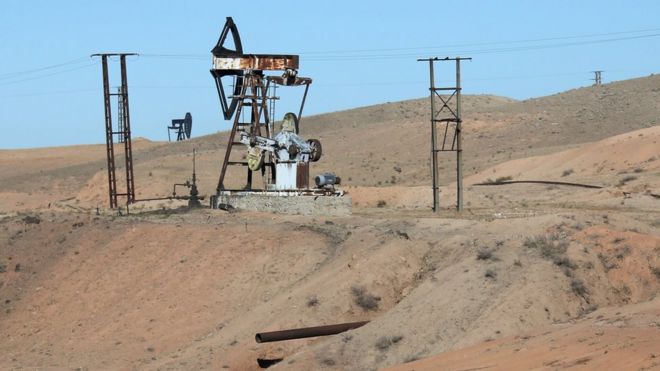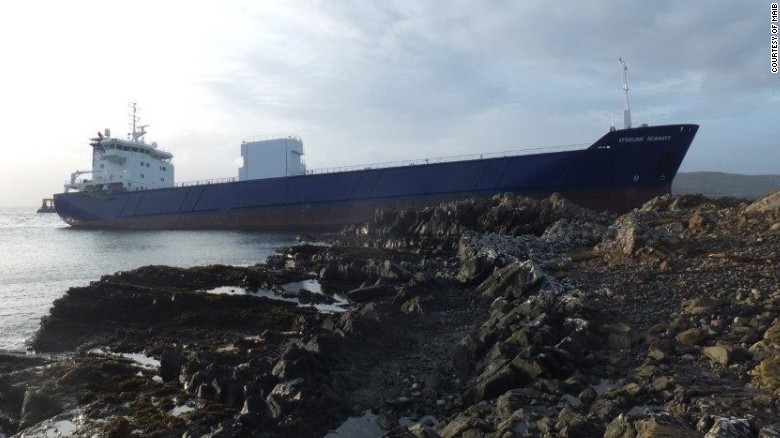SANTA
BARBARA, California-November 17, 2015-The Arthur C. Pillsbury
Foundation (ACPF), today introduced its first Agents Green, Marian
Walker and Gail Lightfoot. Agents Green is a membership the
Foundation has organized to provide training and support to activists
who want to make reducing the impact of poisons and encouraging Green
Commerce their career.
Agents
Green will make it their business to directly provide their clients
with services, including reducing the second most common health risk
children face today. Agents will also be a community resource for
educating on how to avoid poisons impacting people and our
environment.
Sustainable
activism, making activism your career, is moving the world today.
Efforts for alternative energy, such as Wipomo
in San Diego and MetroFarm
in the San Francisco area, express the passion of their originators
and employees for alternatives in energy and commerce.
This
same idea was the basis on which the career of Arthur C. Pillsbury
was founded. In 1895, while standing waist high in a meadow of
wildflowers in Yosemite, he was filled with the determination to show
people the glories of nature and so persuade them to his
preservationist viewpoint. This became his life's work, allowing him
to make enough money to build cameras which extended human vision.
These included the first lapse-time camera for plants (1912),
and the first microscopic motion picture camera (1926).
His
business, the Pillsbury Picture Company, was an early example of
Green Commerce built on the idea of sustainable activism. He would
later tell his son, “Discover
your passion and then find a way to it make your living.”
Following
your passion as an activist is tough and activists know this.
Agents
Green is a way for activists with a passion for helping people and
directly affecting the level of poisons in their local air, water and
land to make activism their career.
Gail
Lightfoot said about Agents Green,
“I was an activist for most of my life and now I can make money
providing a service which heals and educates. Fantastic.” Gail,
a former US Senate Candidate for the Libertarian Party, is also a
retired nurse.
The
first target for Agents Green is Super Head Lice. California
is one of 25 states
where head lice, the second most common childhood health issue is now
resistant to the products which are commonly used. These include
petroleum products. Products originating from petroleum hold the
potential for petroleum poisoning. The child can be impacted and the
residue is released into the water, then impacting both the air and
land.
Petroleum
products are used in thousands of products, including pesticides.
These account for 20% of the income to petroleum companies.
Agents
Green uses products which are entirely natural and cause no harm to
children or the environment. The product used to eliminate head
lice, which works equally well on Super Head Lice, smells like
peppermint and eliminates both nits and the lice in ten minutes.
Head
lice impact school attendance and often fail to remove the lice. The
resulting resistant strains are now being treated with harsher
poisons through doctor's prescriptions. Agents Green is determined
to provide better treatment and reduce the trauma suffered by
children and their parents.
Marian
Walker decided to join because of her own experience with head lice,
saying, “I
experienced the aggravation and worry of a child with head lice while
I was raising my own daughter. It was terrible to go through.
Changing that for others, now that I understand the risks of
conventional treatments, is exciting.”
Head
lice have been with humanity for over a million years and cannot
survive anyplace but on the human scalp. Lacking a human host, they
die. But they are stubborn little vampires which cling to the hair
close to the scalp, feeding on human blood by digging in with their
claws.
Into
the 20th
Century typhus was carried by head lice infected with the typhus
microbe. According to the Center for Disease Control (CDC),
this happens rarely today but, “outbreaks
of this disease still occur during times of war, civil unrest,
natural or man-made disasters, and in prisons where people live
together in unsanitary conditions.”
As diseases also become resistant concerns on how humanity will be
impacted are being raised.
Today
populations experiencing exactly these conditions are moving into
both the United States and Europe.
Marian
and Gail will be contacting community groups, their County Health
Departments, school nurses and groups who work with children to make
presentations on the need to be proactive on the problem and provide
information
on the need to reduce the use of poisons in this and other products.
““Every choice for clean alternatives to petroleum poisons can
reduce damage to the environment and the profits flowing to Big Oil.
Your choices matter,” said
Dave Lincoln, the organization's Director for Research.
Agents
Green has solutions for every imaginable need. Find out more about
Agents Green by visiting their website at AgentsGreen.org.
If you are interested in becoming a Green Agent for your community
fill out the application on the site and contact us.
“END”













